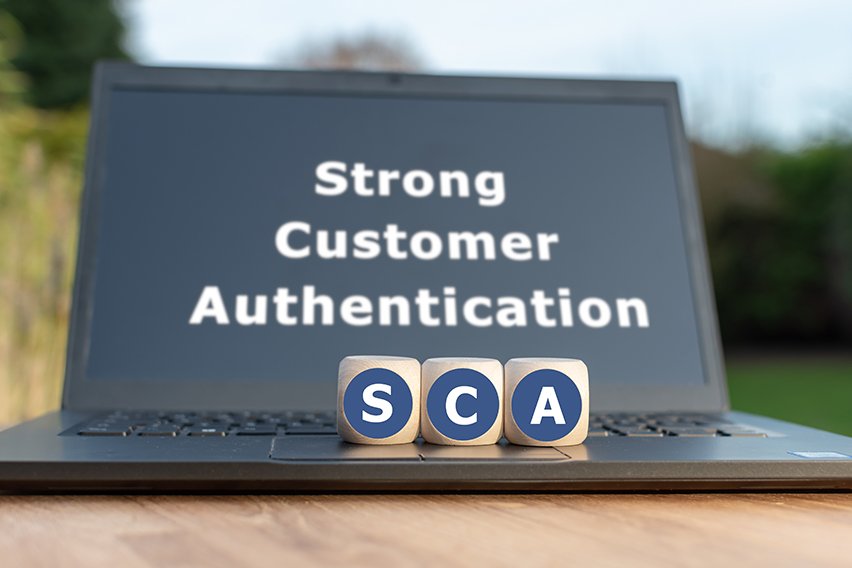Small Business Owners: 1099 Rules for Employers

As a successful small business owner, you know how useful it is to hire independent contractors. All their expertise, right when you need them, and without the commitment of employing additional staff.
There’s just those 1099 forms to contend with. And all the recent Internal Revenue Service (IRS) changes to these tax filing forms makes it feel a lot more complicated.
Luckily, it’s not that complex when you get into the details. Having this up-to-date knowledge means that you and your independent contractors meet your tax filing obligations. And everybody avoids IRS penalties for non-filing.
Basically, you don’t need to provide any extra information, you just need to make sure you’re putting it on the right form. The biggest change for small business owners is the separation of ‘non-employee compensation’ from the 1099-MISC to its own form – the 1099-NEC.
Choosing the correct form is about who you are paying and how you’re making that payment.
So let’s get it straight and see how embedding 1099 expectations into your processes makes tax time much less stressful for you as a business owner.
Here’s What We’ll Cover:
What do I need to know about 1099-K forms?
How to streamline your data collection
What’s a 1099-NEC Form?
A 1099-Non-employee compensation (1099-NEC) form is for you to report what you’ve paid independent contractors that you don’t employ.
You use it to properly report to the IRS and your contractors use it to do their income taxes.
It applies to self-employed people operating a sole proprietorship, single member Limited Liability Company (LCC), Limited Partnership, or Estate. It doesn’t apply to C-Corp or S-Corp contractors. Other exceptions are detailed in this specific 1099-NEC form article.
Sometimes these workers are referred to as a 1099 employee. But an independent contractor doesn’t have the same employment rights as your employees. No minimum wage, medicare taxes or overtime pay. Using the term ‘1099 employee’ can be a bit misleading and confusing.
The threshold for the 1099-NEC form is a total of $600 paid to the non-employee during the year. This could be across multiple projects, or just one. You need to complete a separate 1099-NEC for each contractor you work with. This is for any services, payments to an attorney and “cash payments for fish (or other aquatic life) you purchase from anyone engaged in the trade or business of catching fish.”

Classification Confusion
As you can see, the first step is to make sure you’ve correctly classified each worker’s status as non-employees. The IRS’s general definition of an independent contractor is “an individual is an independent contractor if the payer has the right to control or direct only the result of the work, not what will be done and how it will be done.”
If you define the parameters, cost and location of the work, then the IRS would consider this someone that’s working as an employee.
If there’s a mutually agreed negotiation, and your payee is in control over how, where and when the work takes place, then you’re probably working with an independent contractor. Having a written agreement, outlining their particular services, makes this completely clear.
Be very careful to establish these classifications correctly at the start of your working relationship.
Filing 1099-NEC Forms
You must file a copy of each 1099-NEC form with the IRS and get a copy to your freelancers by January 31st.
Anyone can file digitally, if you have less than 250 1099-NEC forms, you can choose to send paper copies. But if you have more than 250 1099-NEC forms, you must use the electronic filing system. And there’s a big $2,500 fine if you don’t use the online service.
1099-NEC Form Essentials
- Check they’re a self-employed independent contractor at the start
- If you pay them over $600 during the year and their business meets the eligibility criteria – you need to fill in a 1099-NEC
- Every independent contractor needs a separate 1099-NEC
Who Needs a 1099-MISC Form?
This form has been renamed. It used to be ‘Miscellaneous Income’ and is now ‘Miscellaneous Information’, The short version stays the same – form 1099-MISC. It’s the way you report “other income payments” to the IRS.
Before establishing the 1099-NEC, any payments made to self-employed contractors used to be included on the 1099-MISC. Now they’ve got their own separate form, the 1099-MISC is for payment of:
“At least $10 in royalties (see the instructions for box 2) or broker payments in lieu of dividends or tax-exempt interest (see the instructions for box 8).
At least $600 in:
- Rents (box 1);
- Prizes and awards (box 3);
- Other income payments (box 3);
- Generally, the cash paid from a notional principal contract to an individual, partnership, or estate (box 3);
- Any fishing boat proceeds (box 5);
- Medical and health care payments (box 6);
- Crop insurance proceeds (box 9);
- Payments to an attorney (box 10) (see Payments to attorneys, later);
- Section 409A deferrals (box 12); or
- Nonqualified deferred compensation (box 14).”
This is taken directly from the IRS’s specific instructions. Where you can also find some exemptions that are still taxable, but need to be reported in a different way.
Filing 1099-MISC Forms
1099-MISC forms are made up of 4 copies:
- Copy A: Goes to the IRS
- Copy 1: Goes to your state tax department
- Copy B and Copy 2: You need to send both to the payee
- Copy C: Is yours to keep for your records
You must get your payees’ copies of their 1099-MISC forms to them by January 31st so they can file their own taxes.
If, however, your business has faced financial challenges and you’re exploring options like tax settlement, it’s crucial to communicate effectively with your contractors about the necessary tax documentation changes to ensure compliance and avoid any potential issues.
The deadline to file with the IRS is February 28th, if you’re submitting paper documents and April 1st if you file digitally.
What Do I Need to Know About Form 1099-K?
If you make payments to your independent contractors using credit card, debit card or third-party network (like PayPal, and CashApp), you still file a 1099-NEC.
The ‘payment settlement entity’ involved also sends notification to the IRS using a 1099-K. You get a copy of your 1099-K, which you must reconcile with your financial records.
You must issue a 1099-NEC, no matter which payment method you use.

Where Can I Get 1099 Forms?
Digital filing means that you don’t need to get hold of any physical copies of the 1099 forms. You use the Filing Information Returns Electronically (FIRE) system to send them straight to the IRS. Just remember to plan in time to send a Form 4419, to apply to use this system. You need to leave at least 30 days before your 1099 deadlines.
You can order hard copies from the IRS or pick them up at many office supply stores, if you intend to send paper 1099s through the mail.
How to Streamline Data Collection
Getting Information
In order to complete your 1099 forms, you need specific information from your independent contractors. This includes their Taxpayer Identification Number. The last thing you want to be doing a week before the tax filing deadline is trying to get a tax ID number from independent contractors who completed your project 6 months ago.
Make it easy on yourself by incorporating information gathering to your onboarding process. Just give every new independent contractor Form W9 to fill in. Check it, store it and everything’s there when you need it for your 1099-NEC or 1099-MISC tax forms.
Don’t Forget State Laws on Tax
Several states’ employment laws require you to file a 1099-NEC with them, as well as the IRS. At the moment these are: CA, DE, HI, KS, MA, MT, NJ, OH, OK, OR, PA, RI, VT, and WI. As we know, these tax rules can change, so check out your tax liability for whichever state you’re living in.
Plan to Succeed
Every business owner hates wasting hard-earned dollars on avoidable IRS penalties. And they are avoidable with a bit of planning. Just take a bit of time to work out exactly what you have to do and then timetable in when you’re going to do it. Get IRS deadlines for filing your tax forms in your diary first and work backwards.
You’ve already got FreshBooks organizing your numbers, you just need to look after the IRS paperwork to make sure you’re following all the 1099 rules for employers.
RELATED ARTICLES

 How to Change a Business Name: 12 Steps
How to Change a Business Name: 12 Steps What Are Sales Receipts?
What Are Sales Receipts? 4 Types of Inventory to Know About
4 Types of Inventory to Know About What Is SCA? (Strong Customer Authentication)?
What Is SCA? (Strong Customer Authentication)? Value Statement: Definition, Benefits & Importance
Value Statement: Definition, Benefits & Importance What Is Recruitment? Definition, Meaning, and Process
What Is Recruitment? Definition, Meaning, and Process